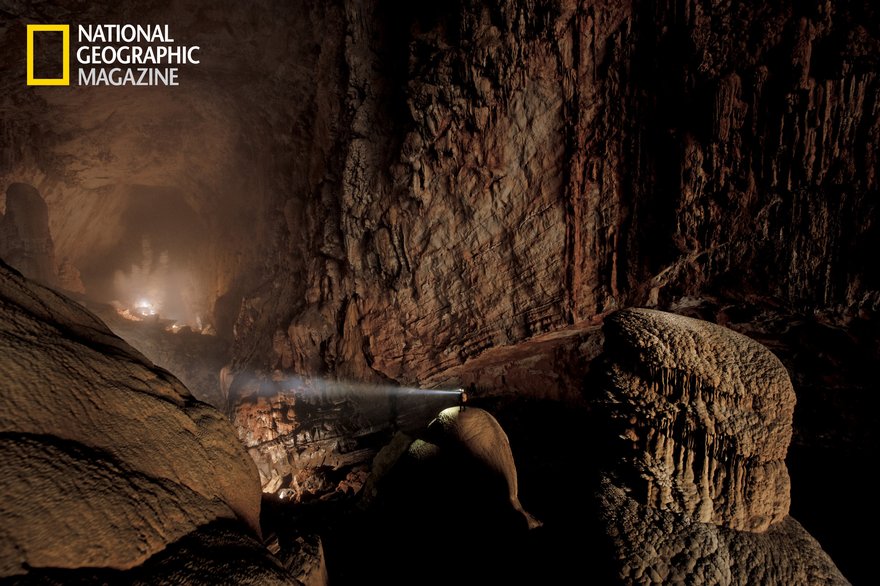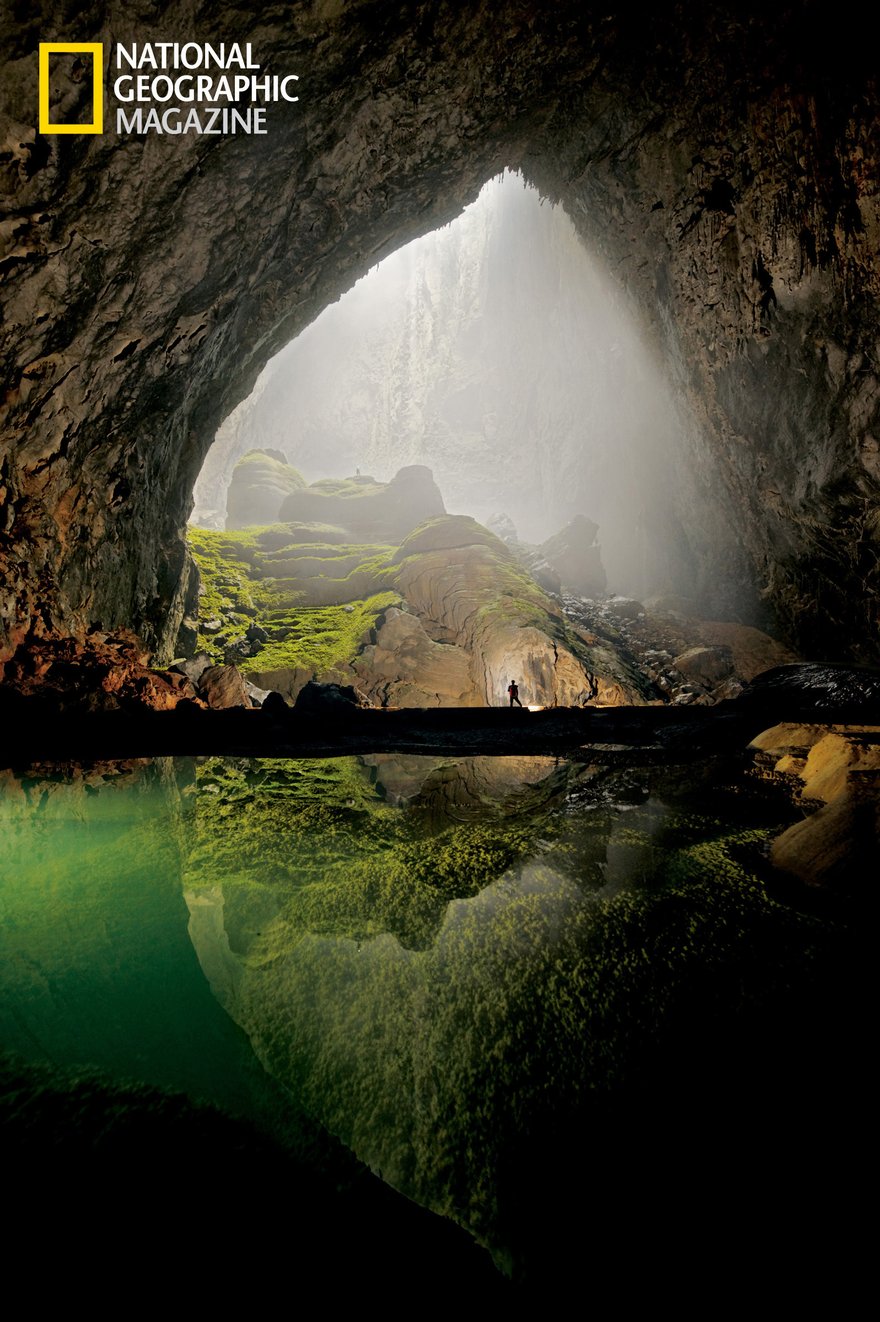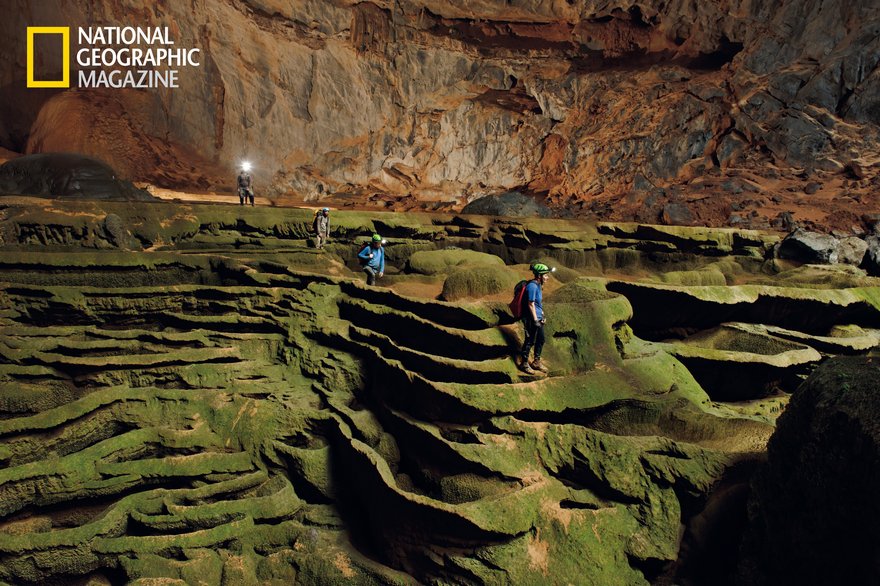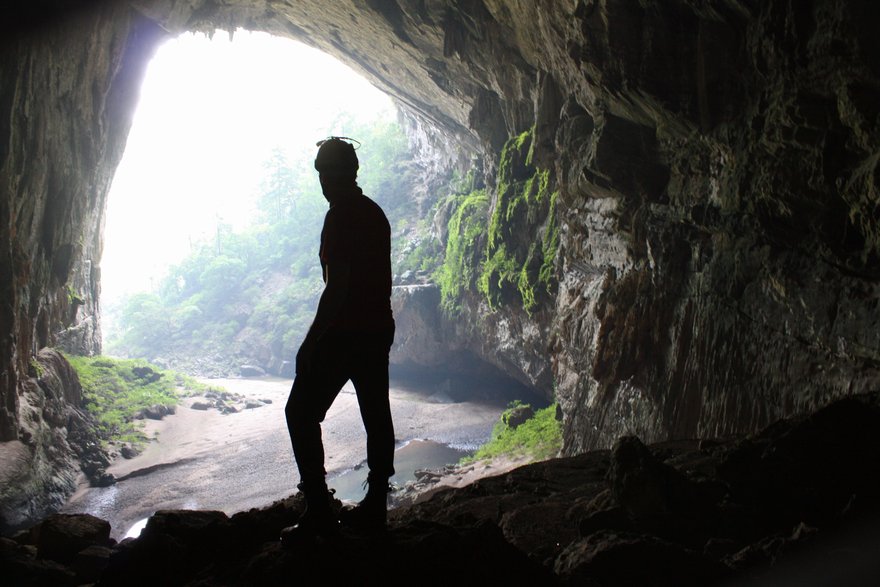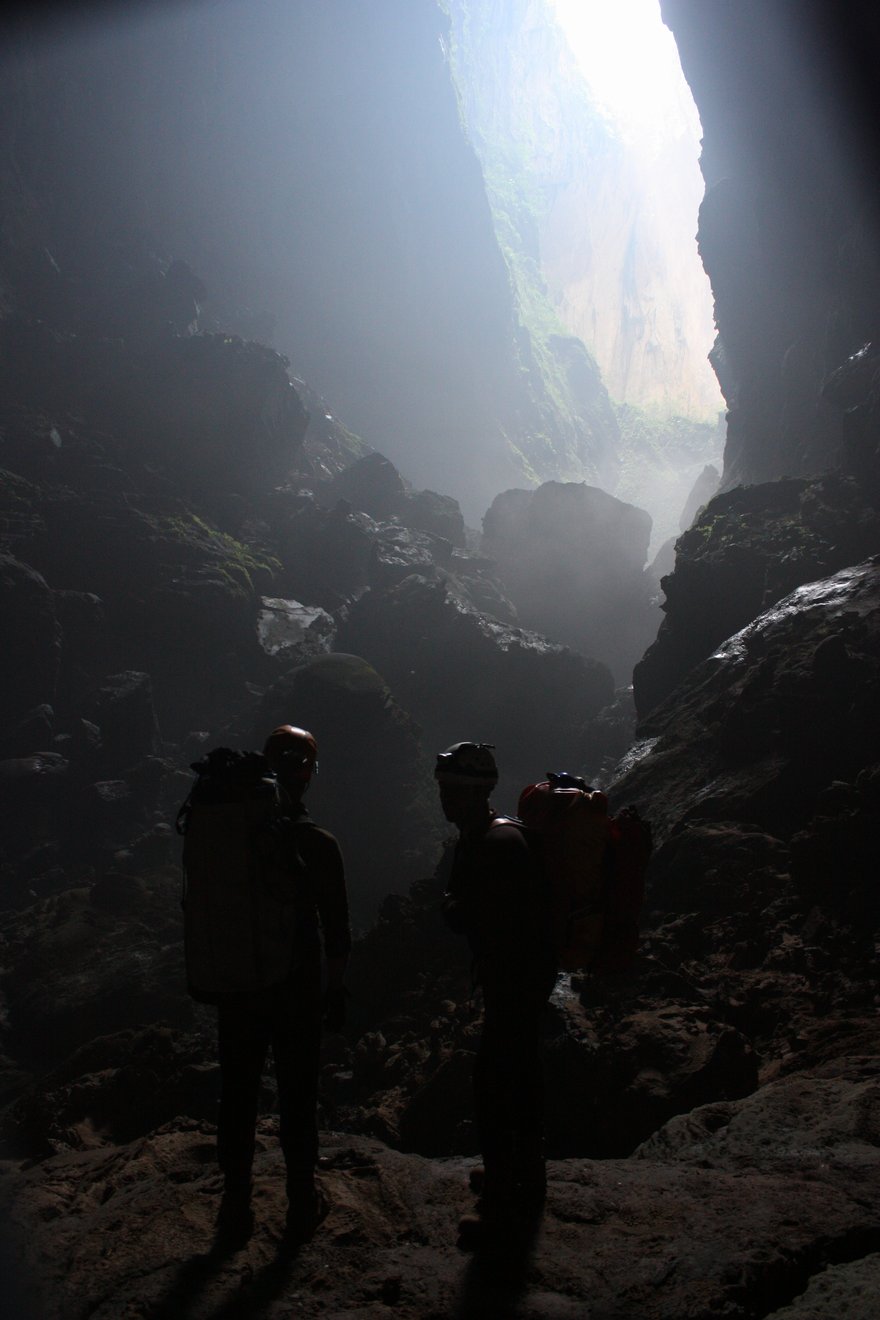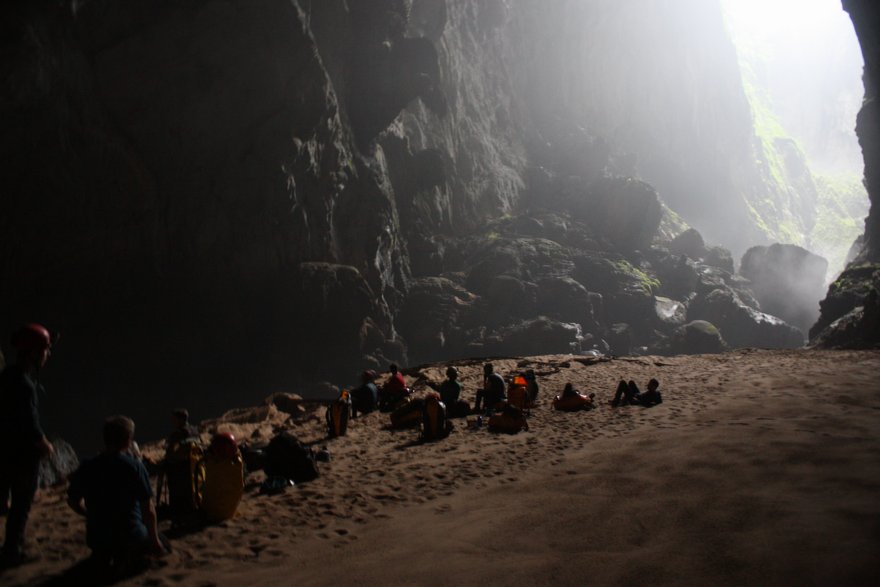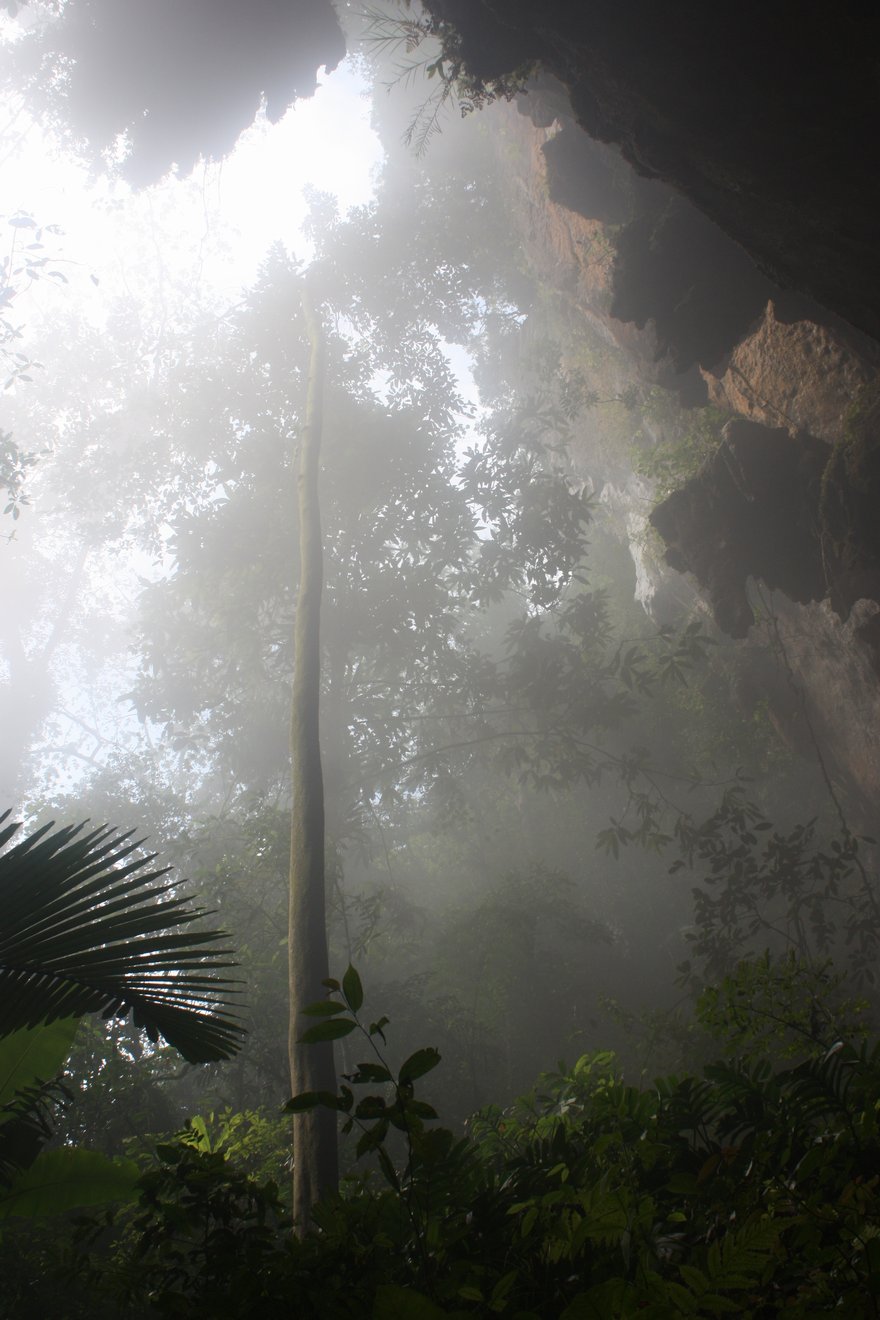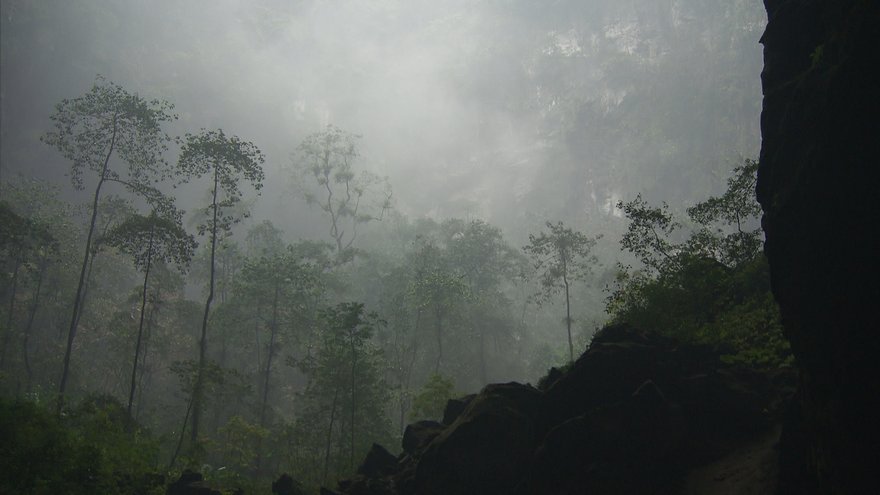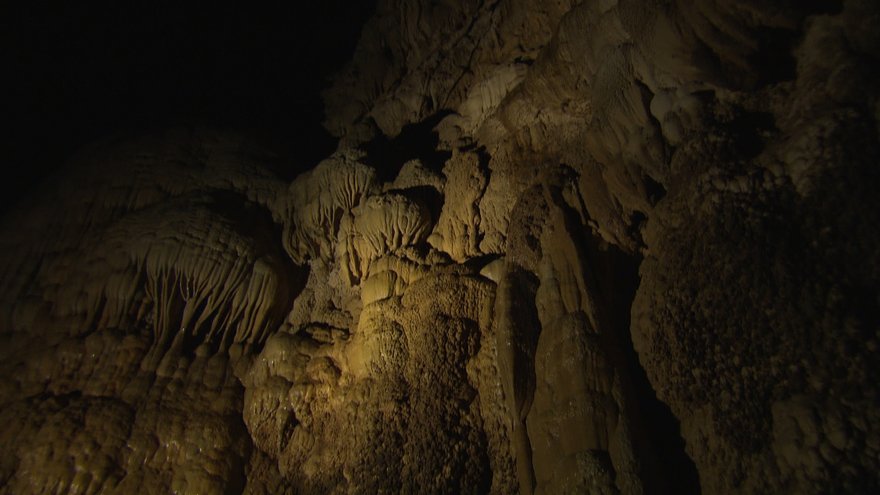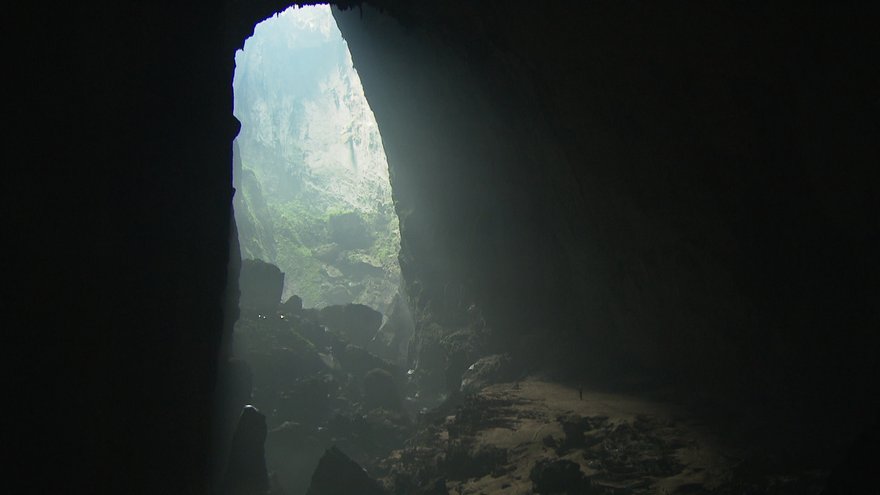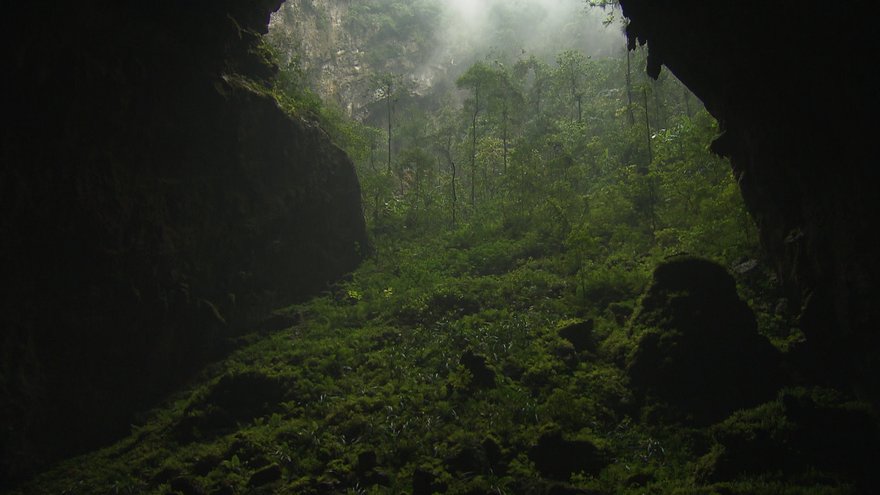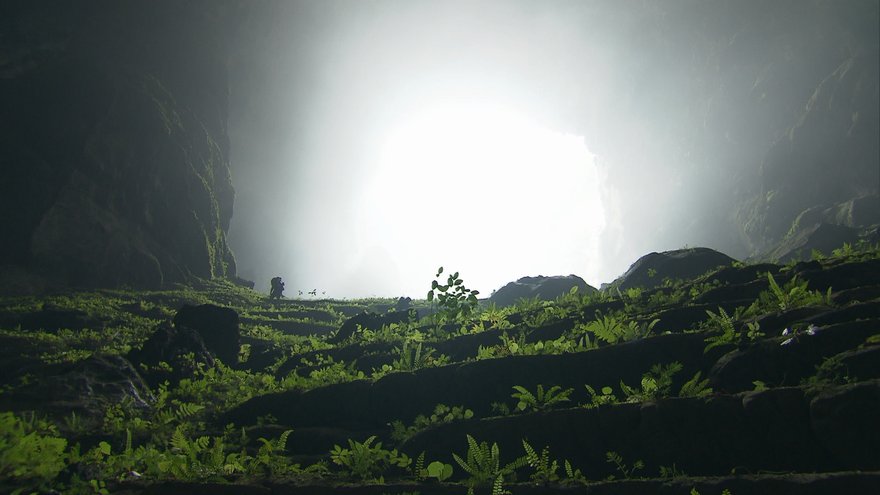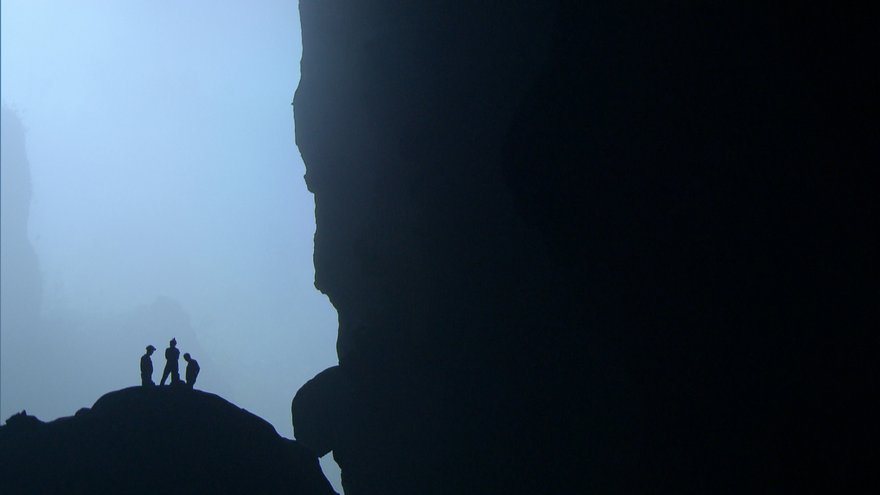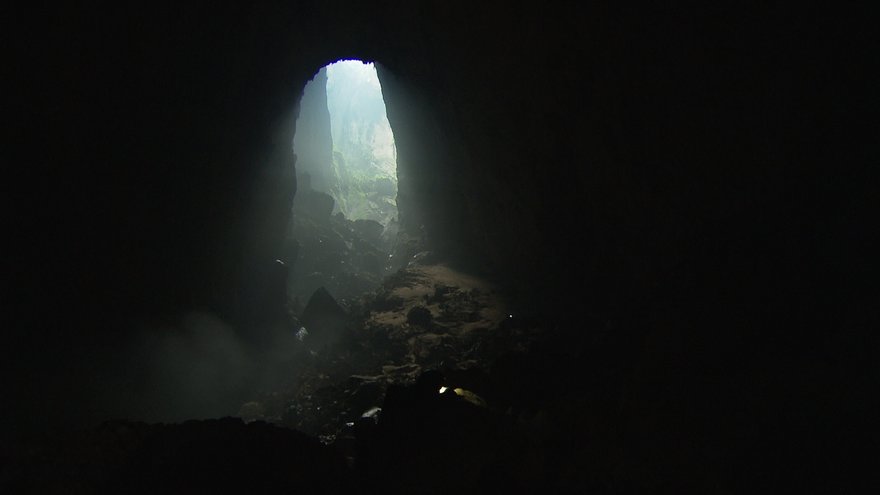Kamchatka is included in the WWF's Global 200, a list of the most
ecologically important regions in the world. Out of the more than 600
active volcanoes on the planet, 5 percent are located on the Kamchatka
Peninsula. It is one of the most remote corners of the planet, with
nature preserved almost intact. Glaciers sit surprisingly close
to fire-breathing giant volcanoes, hot springs next to cold mountain
streams, and the harsh ocean is never far away. Its coastal waters
provide frequent sightings of marine mammals: walrus, sealions, seals
and killer whales, while multitudes of birds colonize the islands.
Kamchatka is famous for its salmon and crab, as well as brown bears —
the true kings of nature. The rivers and lakes have good fishing
opportunities. In the mountains there are good opportunities
for hunting.
But Kamchatka's attraction most famous around the world is the Valley
of Geysers, a geothermal reserve in the valley of the Geizernaya River,
a tributary of the Kronotsky Gulf. Clouds of steam, fountains
of boiling water and slopes of incredible colors running with jets
of hot water create an utterly "unearthly" landscape. On an area
of about 4 square kilometers there are more than 200 thermal springs,
including about 90 geysers, which spurt jets of boiling water and steam
tens of meters into the air.
Located 160 kilometers north of Petropavlovsk-Kamchatsky, the valley
was seen first by people only in the spring of 1941. The discovery was
made by a young geologist named Tatiana Ustinova and her Itelmen guide
Anisifor Krupenin. The Valley of Geysers has been open to tourists since
1991. In 2007 there was a landslide of about 5 million cubic meters,
which blocked the channel of the river Geizernaya. But the disaster did
not completely destroy the unique nature. In some places, geysers even
penetrate through the thickness of the landslide. The valley is alive
and being reborn, attracting tourists and scientists just as before.
The main means of transportation on the peninsula is helicopter,
since asphalt roads stretch no further than 100 kilometers from the
region's capital Petropavlovsk-Kamchatsky. In the city center
on Sovietskaya Ulitsa is the first Russian commemorative statue in the
Far East, to the city's founder Vitus Bering. Not far away is a monument
to the French navigator Jean-Francois de Galaup, comte de Laperouse,
who during one of his expeditions dropped anchor in the Peter and Paul
Harbor in 1787 on the famous frigates Bussol and Astrolabe.
People inhabited these lands more than 12,000 years ago.
The indigenous peoples of the region are the Itelmen, who are excellent
anglers, and Koryaks who are reindeer hunters and sea hunters. Later,
Chukchi and Evens came to Kamchatka from the mainland, and the last
indigenous tribe to settle was the Aleuts. The first Russian settlement
appeared here in 1740.
According to the two main stories, the name of the peninsula came
either from a name of the Itelmen tribe, or from the Kamchatka cloth
used for clothes by the Cossacks who arrived here in the 18th century.
Kamchatka offers exciting opportunities for both winter and summer
activities. Winter (conditions are best from February or March to May)
attracts fans of off-piste skiing and heliskiing, dog sledding
and snowmobiling. Summer (June to September) is good for trekking,
climbing, rafting, horseriding and biking expeditions.
Petropavlovsk-Kamchatsky


Petropavlovsk-Kamchatsky, one of the oldest cities in the Far East,
was founded in 1740 during the Second Kamchatka expedition led by Vitus
Bering. On Oct. 17, two vessels, the St. Peter and the St. Paul, entered
Avacha bay. This date is considered the birthday of Petropavlovsk port.
The town owes its name to these two ships, the packet boats of the
Russian fleet. For many years, this port with its very profitable
location was the only Russian outpost in the Far East. Many of the great
marine explorers, scientists and travelers visited Petropavlovsk.
The city preserves its rich history well, with many monuments to the
discovery, development and protection of the Pacific coast of Russia.
Avacha Bay



The
second-largest natural harbor in the world, with majestic volcanoes
looming over. A three-hour expedition by sea will take you past a set
of picturesque rocks called the Three Brothers. A longer tour will allow
you to visit Starichkov Island at the entrance of Avacha Bay. The name
of this beautiful island comes from the the large colonies of Tufted
Puffins (starichki in Russian), a bird in the auk family, which is
in the Red Book of endangered species. In addition to the Tufted
Puffins, the island is the chosen haunt of puffins, divers, cormorants,
gulls and sea eagles. Seals are also a common sight. With a bit of luck,
during the boat ride you'll see killer whales, which occasionally enter
the waters of the bay. Avacha Bay also offers excellent opportunities
for fishing and diving.
Domashniye Vulkany, or the Home Volcanoes



This
is what the people of Kamchatka call the five volcanoes located just
25-35 kilometers from the peninsula's capital. These giants are
a fitting adornment for Petropavlovsk-Kamchatsky and look particularly
picturesque from the water. Kozelsky (2,189 meters), Avachinsky (2,741
meters), Koryak (3,456 meters), Aag (2,156 meters) and Arik (2,310
meters) are the peaks, of which only Avachinsky and Koryak are active.
Their last eruptions were recorded in 2001 and 2008 respectively. Locals
celebrate the annual Volcano Day with a mass climb up the Avachinsky
peak. The climb takes place on the last Saturday in August and anyone
can take part in it, whether visitor to or resident of Kamchatka.
Pacific Coastline



The
Kamchatka coastline stretches for several thousand kilometers.
The unusual black color of the sand on the beaches comes from the
peninsula's volcanic activity. The coastal waters rarely get warmer than
10-15°C in summer. The ocean is Kamchatka's main livelihood: In ancient
times it fed the Itelmen, Koryak and Aleut tribes, and even now about
60 percent of the population live on income from the fishing industry.
The fish markets of Petropavlovsk-Kamchatsky always have fresh seafood
on sale, including various types of red caviar and salmon.
Nalychevo Nature Park



This
practically inaccessible valley lies behind the ridge of the Home
Volcanoes, 25 kilometers north of Petropavlovsk-Kamchatsky. In typical
Kamchatka style, it is not easy to get to. In summer you have to go
by helicopter or on foot; in winter by snowmobile or skis. However,
the effort is worth it for the magnificent panorama of the surrounding
hills spread out before you, and the water from the park's thermal
springs with a composition not found anywhere else in the world.
Kronotsky Biosphere Reserve



This
is the reserve to go to if you want to get an idea about all the varied
landscapes of Kamchatka. The park has 25 volcanoes, of which eight are
currently active, as well as the world-famous Valley of Geysers
and thermal springs of the Uzon caldera, not to mention glaciers and the
largest freshwater lake in Kamchatka — Kronotskoye Ozero. It is
a reserve also rich in wildlife: home to the largest protected
population of brown bears in Russia, as well as elk, bighorn sheep,
lynx, ermine, sable and others. Large colonies of pinnipeds have settled
on the Pacific coast. You can fly into the reserve by helicopter, but
if you want an opportunity to have a closer look at the wildlife and the
picturesque surroundings, you would be better going on a tracking
and on a horseriding expedition. Within the reserve there are excellent
opportunities for outdoor activities.
The Valley of Geysers



The
symbol of Kamchatka. More than 30 geysers nestle in a deep canyon on
the banks of the Geizernaya River. This fantastic natural phenomenon has
been known since 1941 only, when it was found by geologist T.I.
Ustinova. This geothermal area stretched for only eight kilometers.
Unfortunately, a landslide in 2007 changed the face of the valley,
causing, for example, the formation of Lake Geizernogo. The picturesque
surroundings lend themselves to fascinating walks.
Esso



This
is the administrative center of the Bystrinsky Even national district.
This village in Central Kamchatka (580 kilometers from
Petropavlovsk-Kamchatsky) sits in the caldera of an ancient extinct
volcano, in the Bystrinsky Nature Park, an area known as “Kamchatka’s
Switzerland.” Esso is surrounded by the Kozyrevsky ridge and thick
forests, with the frost-resistant river Uksichan running through it. The
locals use water from this river for their heating. The heart of the
village is its ethnographic museum, one of the best in Russia, a center
for the conservation and development of Even culture. The Evens are a
herder and trapper people who came to Kampchatka from Siberia 150 years
ago. The museum presents their way of life, rituals and crafts. The Even
dance festival Nurgenek is held June 21in Esso.
Klyuchevskaya Sopka



The
highest active volcano in Eurasia (4,750 meters) with a regular,
cone-shaped summit. About a hundred faults have formed at various
heights on its slopes, so that lava and volcanic rock come out all over
when the volcano erupts, not only from the top. Klyuchevskaya attracts
climbers from around the world. The ascent route is graded as 2A
difficulty and requires good physical shape. Remember that an excursion
up Kluchevskaya Sopka can take up to two weeks.
Komandorskiye Islands


The
Komandorskiye Islands are an archipelago of 15 islands in the North
Pacific Ocean. The largest are the Medny (copper) and Bering Islands,
named after the great explorer who was buried here. The «capital» of the
Komadors is the village Nikolskoye on Bering island, because of its
convenient bay. However, this part of the island rarely enjoys a clear
day since the sun is almost always hidden because of the “Komandorskiye
beads” — droplets of moisture, literally hanging in the air. There is a
museum about the history of the discovery of the region and its
indigenous population, the Aleuts. But the main treasure of this distant
region is its unspoiled nature: high waterfalls rending rocky cliffs,
colonies of sealions, Steller sea lions, sea otters and various birds.
Kuril Lake

South Kamchatka wildlife reserve

This
major Kamchatka backwater is part of the South Kamchatka wildlife
reserve. Each year, the largest shoal of sockeye salmon in Eurasia comes
to the lake, and brown bears also flock here from different parts of
Kamchatka for a huge feast. The end of summer is the perfect time to
observe this incredible spectacle. If you follow all the guide's
instructions, there is no need to worry about your own safety.
Mutnovsky Volcano


One
of the most interesting volcanoes in Kamchatka (2,323 meters). After
visiting here, you will have a good idea of what the Valley of Geysers
is like. The picturesque volcanic activity of the three craters is truly
striking: puffs of poisonous yellow sulfur, bubbling mud beds, pulsing
geysers, acid rivers. The alien landscape is topped off with a gray-blue
glacier, covered with a network of cracks. An ascent up the volcanoes
Mutnovsky and Gorely takes two days.











